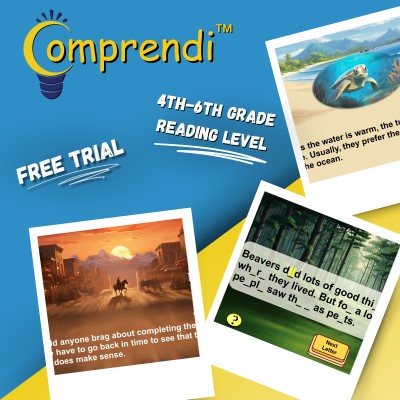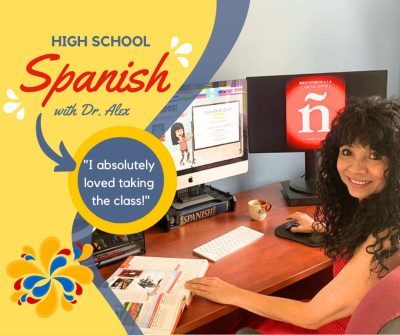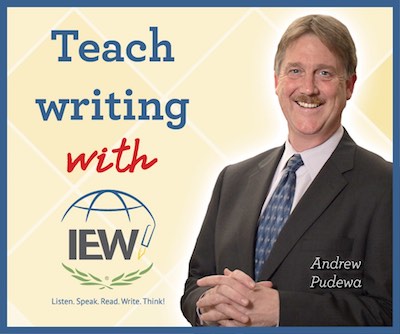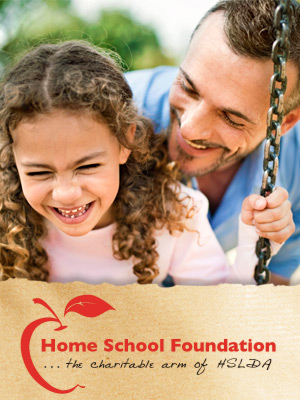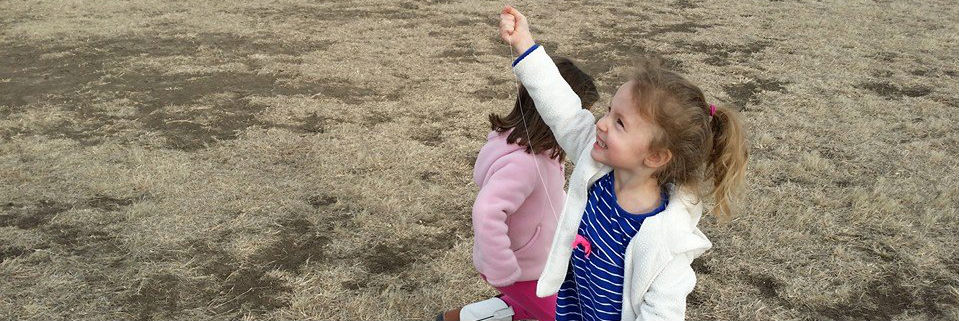
Developmental milestones are based on averages. But they can be helpful guides for what to expect and what to work on.
Social
- Takes turns in games
- Understands the idea of “mine,” “his,” or “ours”
- May get upset with major changes in routine
- Dresses and undresses self with supervision
Language
- Follows 2 or 3 step instructions
- Says first name and age
- Says words like “I,” “me,” “we,” and “you.”
- Names most familiar objects
- Carries on a conversation using 2 or 3 sentences and well enough for strangers to understand most of the time
Cognitive
- Completes puzzle with 3 or 4 pieces
- Plays make-believe with dolls, animals and people
- Copies a circle
- Turns book pages one at a time
- Builds towers of more than 6 blocks
- Sorts objects by shape and color
Gross Motor
- Climbs well
- Runs easily
- Pedals a tricycle
- Walks up and down steps one foot on each step
Fine Motor
- Strings four large beads
- Holds crayons with thumb and finger (not fist)
- Uses one hand consistently
- Uses a fork
- Manages large buttons
- Dresses with supervision
Social
- Would rather play with others than by himself
- Often can’t tell what’s real versus what’s make-believe
- More independent
- Plays “mom” and “dad”
Language
- Sings a song or says a poem from memory (e.g. “Wheels on the Bus” or nursery rhyme)
- Tells story
- Can give first and last name
- Speaks in sentences of 5-6 words
Cognitive
- Correctly names some colors
- Understands the idea of counting and may know some numbers
- Remembers parts of stories
- Understands “same” and “different”
- Plays simple board or card games
- Follows three step instructions
- Pretends in play
Gross Motor
- Stands on one foot up to 2 seconds
- Hops
- Catches a large bounced ball most of the time
- Kicks ball
- Rides a tricycle
Fine Motor
- Uses scissors
- Copies circles and squares
- Begins to copy capital letters
- Copies cross/X
- Writes name
- Handedness well established
Social
- Wants to be like their friends
- More likely to agree with rules
- Likes to sing and dance
- Shows concern and sympathy
- Can tell what’s real and what’s make-believe
- Is sometimes demanding and sometimes cooperative
Language
- Speaks clearly
- Tells simple story using full sentences
- Uses future tense
- Can give name and address
Cognitive
- Counts 10 or more things
- Can draw a person with at least 6 body parts
- Can print some letters or numbers
- Copies simple geometric shapes like triangles and squares
- Correctly names at least four colors
- Better understands the concept of time (past, present, future)
Gross Motor
- Stands on one foot for 10 seconds or more
- Hops; may be able to skip
- Can do a somersault
- Can use toilet independently
- Swings
Fine Motor
- Prints some letters
- Uses fork, spoon and sometimes knife
- Cuts out simple shapes
- Colors within lines
- Pastes and glues
- Can draw basic pictures
- Uses a 3 fingered grasp of pencil
- Dresses self


